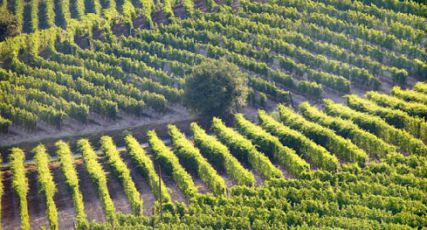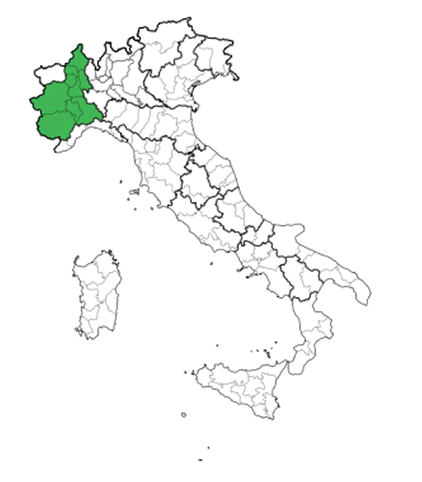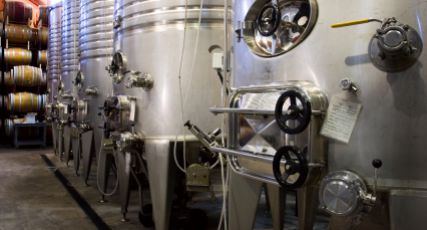
Piedmont (Piemonte in Italian), in the north-western corner of the Italian Peninsula, is arguably Italy's finest wine region. It sits at the foot of the Western Alps, which encircle the region to the north and west, forming Italy's naturally formidable border with France. To its south-east lie the northernmost Apennine Mountains – L'Appennino Settentrionale. These low coastal hills divide Piedmont from its long, thin neighbor Liguria, which is all that separates Piedmont from the Mediterranean Sea.
The name Piemonte means 'at the foot of the mountains', and this emphasis on the surrounding topography is entirely justified; not only did the Alps and Apennines once protect the region from invasion, they are also largely responsible for its favorable climate. While Piedmontese winemaking has always benefited from the latter, it wasn't until the region's mountain defenses were successfully breached (first by the Romans, then repeatedly by the French) that advanced oenology finally arrived here. The introduction and regular updating of foreign winemaking technologies is one of the main reasons that Piedmont remains so viticulturally advanced compared to other Italian regions. The region's proximity to France also plays a part.
Piedmont is often described as the 'Burgundy' of Italy, a reputation due to its many small-scale, family wineries and a focus on quality which sometimes borders on obsession. What Burgundy does with Pinot Noir, Piedmont does with Nebbiolo – not the region's most widely planted grape, but the one which has made the largest contribution to the quality and reputation of its wine. Nebbiolo grapes are behind four of Piedmont's DOCGs: Barolo and Barbaresco (two of Italy's finest reds), Roero and Gattinara. Nebbiolo wines are known for their 'tar and roses' bouquet, and the pronounced tannins which can make them unapproachable in their youth but underwrite their excellent cellaring potential. The grape is known as Spanna in the north and east of Piedmont, and is used in at least ten local DOCs including Carema, Fara and Nebbiolo d'Alba.
Barbera, a dark-skinned variety from the Monferrato hills, is Piedmont's 'workhorse' grape, although it is responsible for a growing number of superlative wines, sold mostly as Barbera del Monferrato, Barbera d’Asti or Barbera d'Alba. Barbera-based wines from Piedmont are classically Italian: tangy reds with good acidity and aromas of fresh plums and dark cherries. They are noticeably less tannic than their Nebbiolo-based counterparts, making them more enjoyable (and more marketable) earlier on in their lives. This has made Barbera popular among wineries and consumers alike, and consequently Barbera is Piedmont's most widely planted red variety.
The third red grape of Piedmont is Dolcetto, with several DOCs to its name (d'Alba, d'Acqui and di Ovada are the top three). Although its name means 'little sweet one', Dolcetto is usually used to make dry red wines with an appetizing, gently bitter finish. Unfortunately, the care and attention lavished on Nebbiolo and Barbera too often leave their poor cousin Dolcetto lacking refinement and complexity.
Brachetto is also worthy of mention, not least for its role in the sweet, sparkling reds of the Brachetto d’Acqui DOCG. So too is Freisa, with its broad portfolio of sweet, dry, still and sparkling red wines made in Asti and Chieri. Although Piedmont is known as a red-wine region, there are three Piedmontese white wines which are known world-wide, although for very different reasons. The first two are crowd-pleasing Moscato d’Asti and sparkling Asti Spumante, both made from Moscato grapes grown around Asti. The third is Gavi, the Piedmontese white of the connoisseur: it is made from Cortese, a local variety which has also proved popular in Colli Tortonesi and Alto Monferrato.



